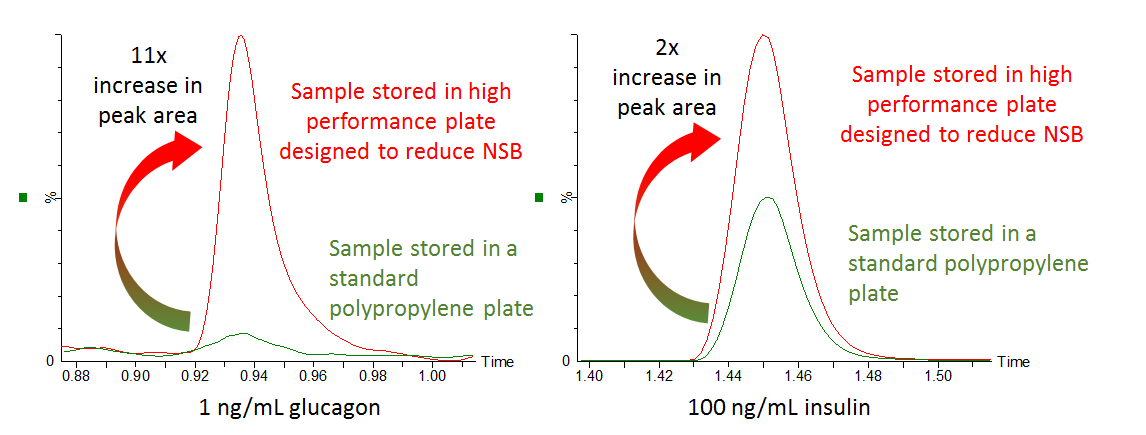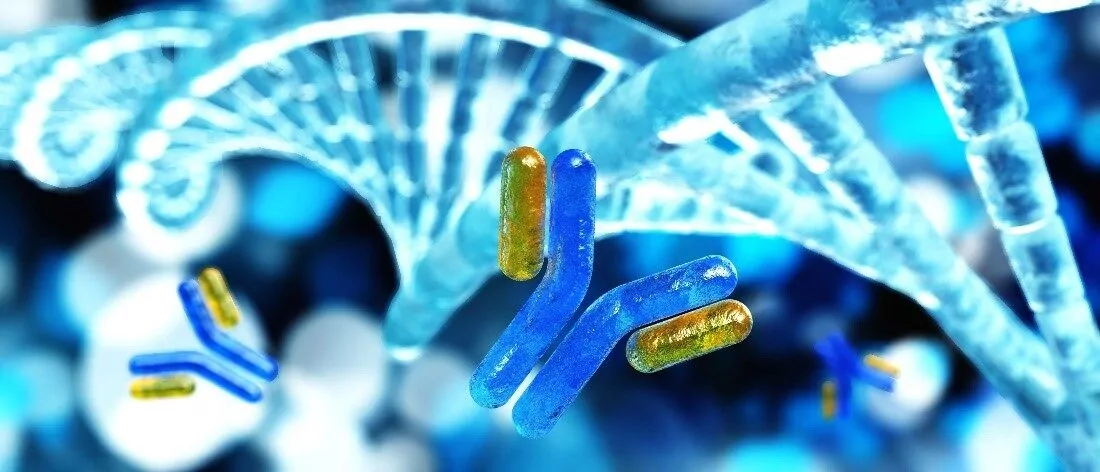Sample Prep before LC-MS Quantification of Peptides and Proteins

Confronting the challenge of sensitivity and sample loss
As a relative newcomer to peptide and protein quantification coming from the small molecule world, I have learned that I need to think differently, and more creatively, to meet the challenges of these molecules. As scientists with assay sensitivity goals, we sometimes have to take extra steps to ensure that we not only meet this goal, but we also ensure reproducibility and overall robustness of the methods we develop. As I think about this challenge, I find it helpful to think of the workflow from the perspective of my sample.
 In part 1 of this blog series, Caitlin Dunning highlighted how easy it is to lose your sample during sample handling and discussed the consequences of doing nothing!
In part 1 of this blog series, Caitlin Dunning highlighted how easy it is to lose your sample during sample handling and discussed the consequences of doing nothing!
Moon Jung, in part 2, discussed non-specific binding, the major cause of sample loss, and the pros and cons of using traditional approaches such as blocking agents and carrier protein to minimize sample loss.
In this, part 3 of our blog series, I am going to explain why your choice of sample container is so important in minimizing non-specific binding and making sure you don’t lose your precious sample. It is a bit like choosing the right hotel room for your vacation or holiday!
Is there such a thing as a “peptide hotel”? If there is, how do I choose the right hotel?
Imagine you’ve done the hard work and prepared your sample. It is nice and clean and concentrated: free of troublesome matrix interference and unfriendly column / mass spectrometer contaminants. Now it is going to sit in an LC-MS autosampler for a few hours, or even 2 – 3 days if a big run is planned over the weekend.
Should I be worried about sample loss? Will I lose my peptide to non-specific binding in the sample plate or vial?
Careful selection of a sample container designed to reduce non-specific binding can help.
Where can I find sample containers that have a low binding advantage, but are also optimal for the autosampler of the LC-MS system in both format and purpose? Do such containers even exist today? What I mean by this is, with total available sample volumes decreasing more and more each day, a vial or plate designed with low residual sample volumes is essential.
This leads me to my final question. Does the sample concentration make a difference in non-specific binding? As Caitlin Dunning mentions in Part 1 “Where did my sample go?” NSB doesn’t just impact our ability to reach our sensitivity targets at lower concentrations. It can also lead to problems in variability.
When we compare a standard polypropylene container to a container with a high performance surface designed to reduce NSB, we see a large difference in sensitivity for 1 ng/mL of glucagon. However, we also see a difference when doing the sample comparison with 100 ng/mL of bovine insulin! The rate of loss may vary depending on the amount of time the sample sits in the container, leading to variability even at higher concentrations.

Challenge Accepted
Careful consideration needs to be taken with peptide and protein quantification, especially compared to small molecule analysis.
- The selection of sample containers designed to reduce non-specific binding and designed for LC-MS autosamplers can ensure that all of our hard work does not get lost in the final hours before data collection.
- Even at higher concentrations the sample container can have an impact on accuracy and repeatability.
Meet this challenge head on with our PPQ Boot Camp and other resources!
Peptide and Protein Bioanalysis Boot Camp
Oasis Peptide Bioanalysis Reference Cards
Oasis sample extraction product information
Stay tuned for the next blog in the series “What do great vacations and peptide bioanalysis have in common?” by Ian Edwards.
Check out the other blogs in this series:
Where Did My Sample Go? By Caitlin Dunning
Lost Samples in the Container: Non-specific Binding and the Impact of Blocking Agents by Moon Chul Jung
Popular Topics
ACQUITY QDa (17) bioanalysis (11) biologics (14) biopharma (26) biopharmaceutical (36) biotherapeutics (17) case study (17) chromatography (14) data integrity (22) food analysis (12) HPLC (15) LC-MS (22) liquid chromatography (LC) (20) mass detection (16) mass spectrometry (MS) (54) method development (13) STEM (12) sustainability (12)



